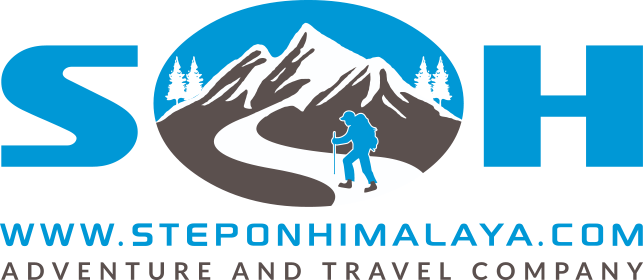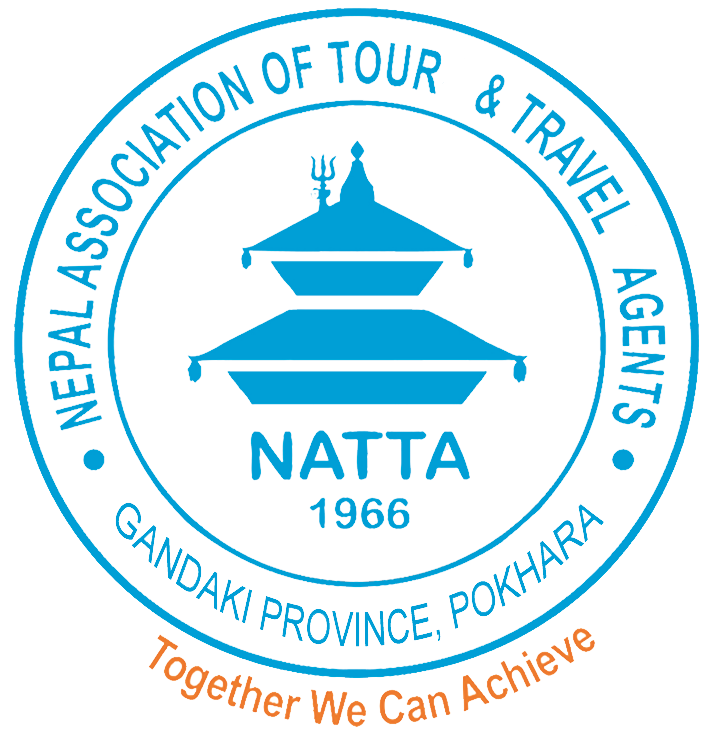Everest Base Camp Trekking and Island Peak Climbing
Trip Overview
Trip at a Glance
Have you ever thought of attempting two peaks in one trip? Here is the bonanza offer to reach the Island peak and Everest (the highest peak in the world) at one challenge. The Everest Base Camp Trekking and Island Peak Climbing in a single expedition itself are challenging and strenuous. The add-on package of Island Peak Climbing to Everest Base Camp trekking is an incredible trip to the Himalayas. The trek will follow the same route that of Classic Everest Base Camp Trek or 14-days EBC Trek for the first 10-11 days then followed by the path leading to Island Peak. En route, the settlements of local Sherpa people can be seen in Phakding village, Namche Bazaar, Dingboche, Tengboche, and Gorak Shep. The incomparable views of the cyan or turquoise or emerald glaciers, the beautiful waterfalls, and the stunning landscapes on the lap of the snow-capped Himalayas are heart-touching.
View MoreDetail Itinerary
Is the proposed itinerary suitable for you?
If you are looking for a custom itinerary, please feel free to reach out to our team of professionals at any time.Cost Details
What is included?
- Airport arrival and departure Transfers in a private vehicle
- All the basic ground transportation
- Accommodation in Twin sharing basis hotels or lodges according to the location and in tented accommodation at the Island Peak Base Camp
- Meals as per the itinerary
- Climbing guides and assisting staffs (1 staff: 4 trekkers)
- Porters to carry the luggage, gears and equipment.
- All the necessary climbing and trekking permits, national park fees
- All the local and government taxes
- Salary, insurance and expenses of the Tour leader, Climbing guides and other staffs.
What is not included?
- International Air Tickets
- Entry Visa Fee to Nepal
- Medical and Travel Insurance
- Rescue Services
- Sleeping bag, Down jacket, etc. to be hired prior the trip
- Personal Expenses
- Tips and Gratuities












